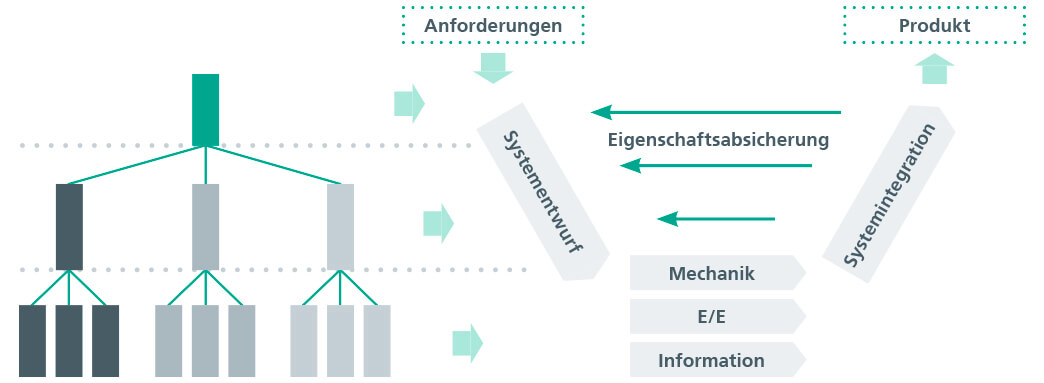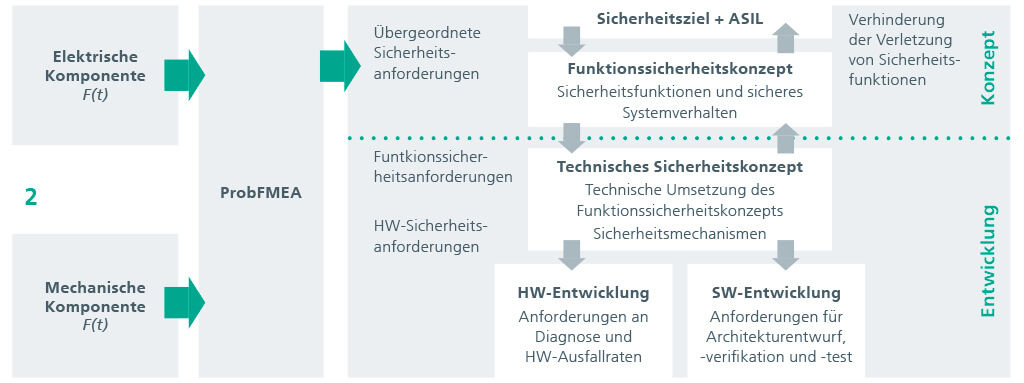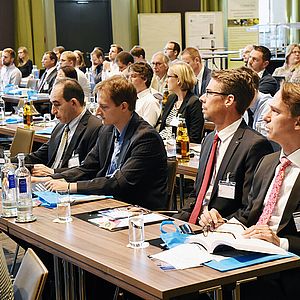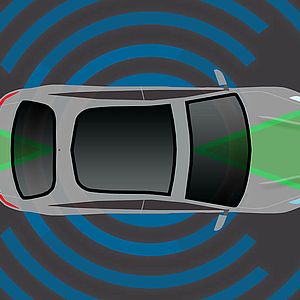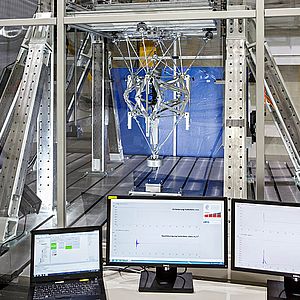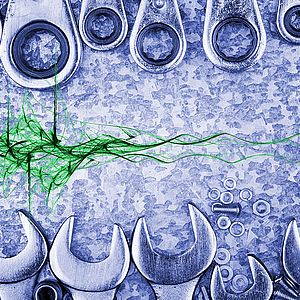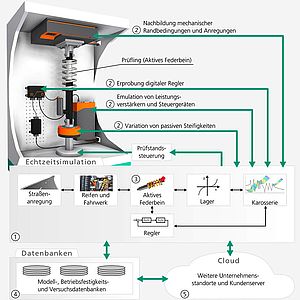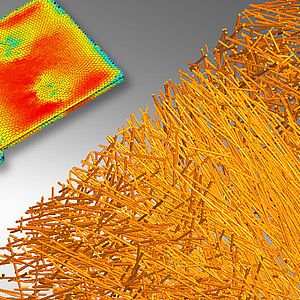System reliability and safety for autonomously driven electric vehicles.
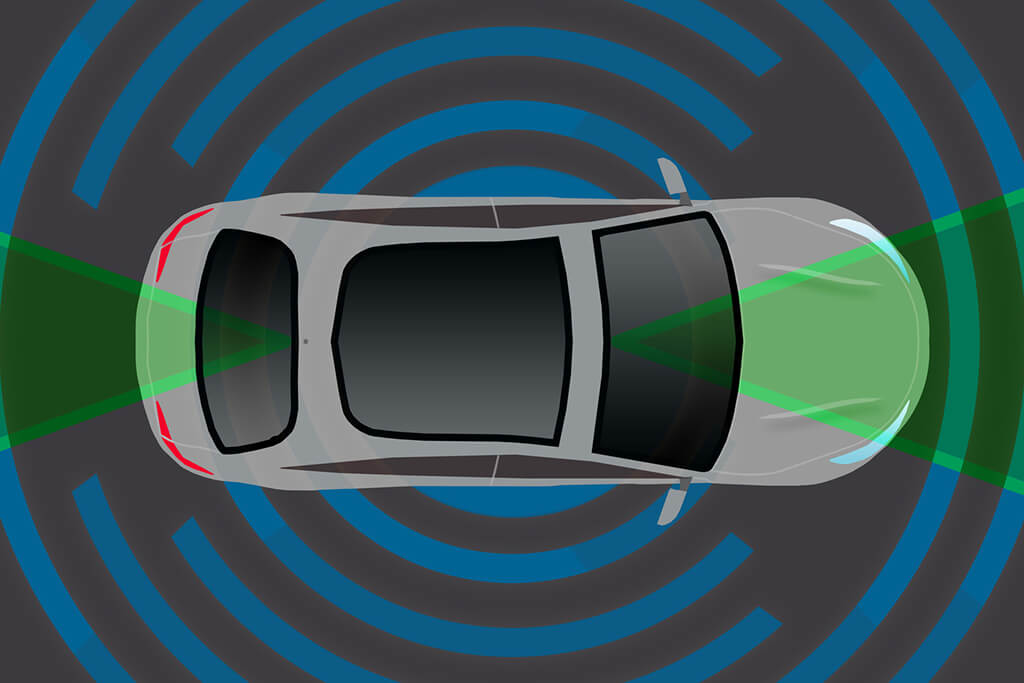
The safety concepts of existing vehicles include the human driver as a “decisive factor”. This factor is eliminated in future fully autonomous vehicles. This therefore results in very far-reaching demands on the safety and reliability of the various vehicle components. They have to reliably adopt the experience, response and foresight of humans.
Defining systematic action chains
If, for example, a windshield wiper fails in a conventional vehicle, the driver intervenes in the event and steers the vehicle safely to the side of the road. Likewise, the driver would notice that, if an axle had been damaged by driving over a curb, a workshop visit would be required to operate the vehicle safely.
In autonomous vehicles, the driver is missing in this role. Various questions regarding the safety and reliability assessment of future vehicle components arise from this fact, for example::
- How can existing methods for evaluating reliability and safety be extended such that they can be used to assess the vehicle components of the future with a view in these correspondingly high requirements?
- How is it possible to bring together the different “languages” and “mentalities” of the technical experts in the field of mechanical components on the one hand and electrical/electronic components on the other in a way that makes a consistent and comprehensive evaluation possible?
Fraunhofer LBF addresses these challenges to system reliability and is involved in appropriate expert committees. For example, in recent years scientists have developed different evaluation methods at various system depths for all phases of the V-model, Fig. 1.
One example is the probabilistic failure modes and effects analysis (probFMEA), Figs. 2 and 3. In contrast to conventional FMEAs, this tool is able to operate with quantitative failure rates. It is therefore possible to use a consistent tool for consolidating reliability data across domains, electrically and mechanically.
Clear mandate to act
Based on the expertise and extensive experience of Fraunhofer LBF, the Institute can take on a pioneering role in developing new methods and shape an important technological cross-cutting issue for the future, e.g. by defining appropriate standards.
Future mobility becomes tangible
Thanks to the methods developed at Fraunhofer LBF for evaluating the safety and reliability of vehicle components across domains, it will be possible to design future autonomously driven electric vehicles faster and more cost-effectively in respect of the required safety.

“Electrification, digitization and autonomous driving link mechanical, electrical and software-based functionalities. The classical mechanical strength analysis will become part of the mechatronic functional safety concept. Fraunhofer LBF is ideally suited for helping to shape this change.” Dr. Kurt Pötter, BMW AG
Contact
- Dr. Jürgen Nuffer
- Phone: +49 6151 705-281
- juergen.nuffer@lbf.fraunhofer.de
